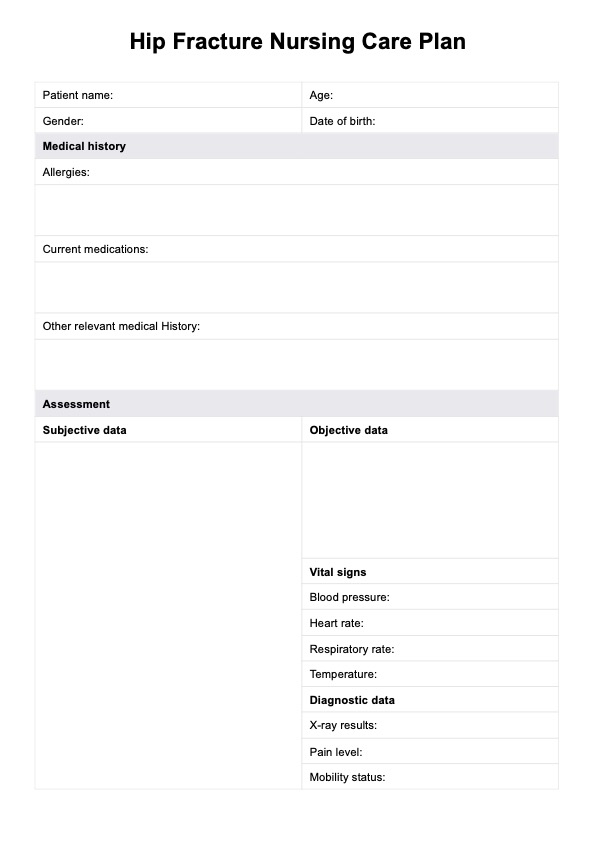The template aids in effective pain management by providing structured guidelines for assessing and documenting the patient's pain levels, including reporting pain, evaluating its severity, and implementing interventions. It ensures that healthcare professionals follow a comprehensive approach.












